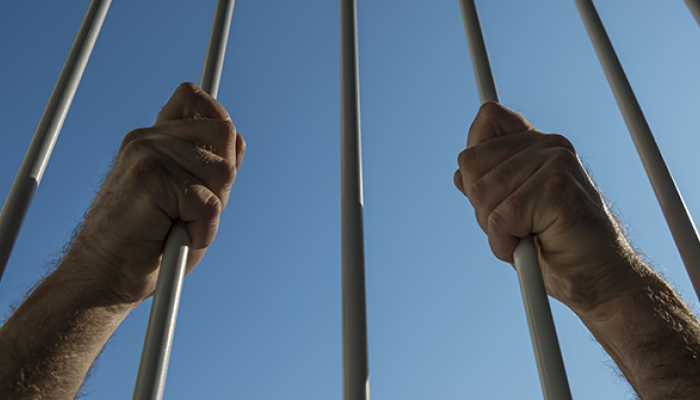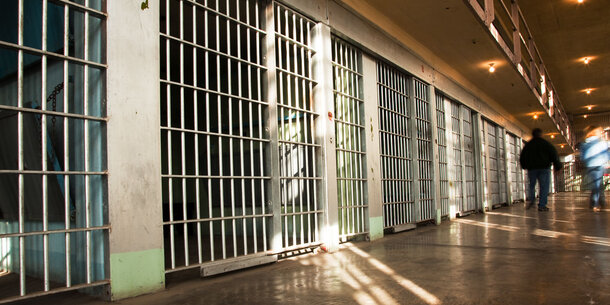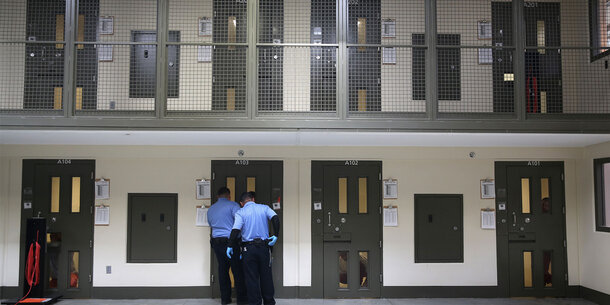It’s now been several decades since states around the country began experimenting with criminal justice reform — specifically, by reducing the number of people behind prison bars. Now we can start to take stock of the results.
They’re encouraging — but with the prison population still sky-high, there’s a lot more to do.
Between 2007 and 2017, 34 states reduced both imprisonment and crime rates simultaneously, showing clearly that reducing mass incarceration does not come at the cost of public safety (for sources and definitions for crime data, see our latest crime report). The total number of sentenced individuals held in state prisons across the U.S. also decreased by 6 percent over the same decade. And these drops played out across the country.
Broad regional gains in safety and fairness
While it’s tempting to focus on the Southern states — which were some of the most notable early adopters of reform — reductions in the last decade occurred across the board. The Northeast saw the largest average decline in imprisonment rate (24 percent), with only Pennsylvania recording an increase (3 percent). Crime rates also dropped fastest in the Northeast region, falling by just over 30 percent on average.
By contrast, the Midwest saw imprisonment rates drop by only 1 percent on average, and that modest reduction was driven by Michigan (20 percent), where recent criminal justice reforms are focused on reducing recidivism. With returns to prison down 41 percent since 2006, the state is home to one of the most comprehensive statewide reentry initiatives in the country.
Notably, Massachusetts recorded the steepest decline in crime rate in the country in this period (about 40 percent) while reducing the number of people convicted of non-violent drug crimes in prison by 45 percent from 2008, cutting its overall imprisonment rate roughly in half. In fact, across the country, where the crime rate did fall, it fell faster, however slightly, in states with decreased imprisonment rates.
Some states bucked the trend
It’s tough to say why some states successfully reduced their prison population while others failed. One possible commonality relates to socioeconomic well-being. Over half of the states where imprisonment rates grew had poverty rates above the national average as well. Those states were also some of the hardest hit by the opioid epidemic. West Virginia typifies this experience: crime rates dropped, but incarceration rose amidst the state’s struggles with opioid abuse and poverty.
Opioid addiction may also explain a relative lack of progress in Rust Belt states. In 2017, for example, Ohio and Pennsylvania experienced overdose death rates of 46 and 44 per 100,000, respectively. Both saw prison rates remain stagnant, as did nearby Kentucky, another state with high overdose deaths. The trend is not clear, though, as other states struggling with addiction, such as Alaska, were able to successfully cut their prison population.
Instead, the problem in the Rust Belt may be a combination of rising opioid addiction and a mistakenly, overly punitive response. Kentucky, for example, recently increased penalties for heroin trafficking and doubled penalties for crimes involving fentanyl.
Louisiana is also an interesting case. The state recently tried to transcend its grim distinction as the nation’s leading per-capita incarcerator. Two years ago, Gov. John Edwards signed into law a sweeping package of criminal justice reform bills with the goal of reducing prison populations by 10 percent over 10 years. Despite that, Louisiana remains the nation’s leading incarcerator per capita. And despite declines in its prison population, the state’s crime rate also remains high.
Cause for optimism
The data clearly demonstrate that the United States’ prison population can be reduced without sacrificing the public safety gains of recent decades. Thirty-four states seem to have accepted this notion, as reflected by their (often) sharp declines in rates of imprisonment.
Others lag far behind.
To this day, the United States imprisons its citizens at a higher rate than any other Western democracy. Though recent progress is surely encouraging, at the current rate of decarceration it would take nearly 40 years to return to imprisonment rates observed in 1971 — the last time the national crime rate was this low. And some aspects of justice reform are moving backwards. According to one recent study, jail reform is a purely urban phenomenon, as rural incarceration rates are actually increasing.
There’s no single solution to mass incarceration. Instead, states must continue making efforts to reduce imprisonment. And the minority of states that have not embraced decarceration need not look far to see that overreliance on incarceration is an ineffective and expensive means of keeping the public safe.
With research support from Sarah Eldiasty and Jake Gray.
(Image: Getty/Mats Silvan)




